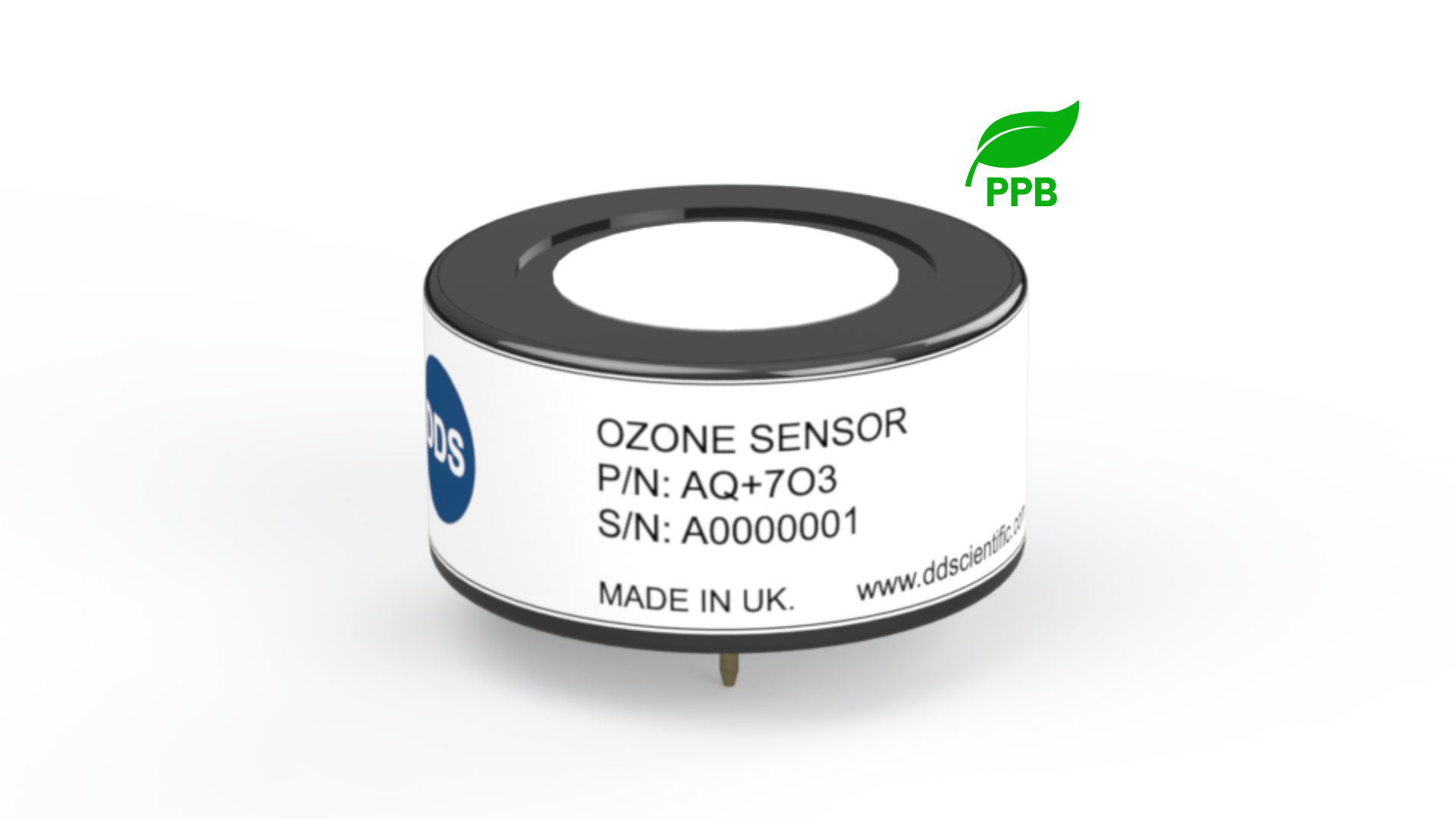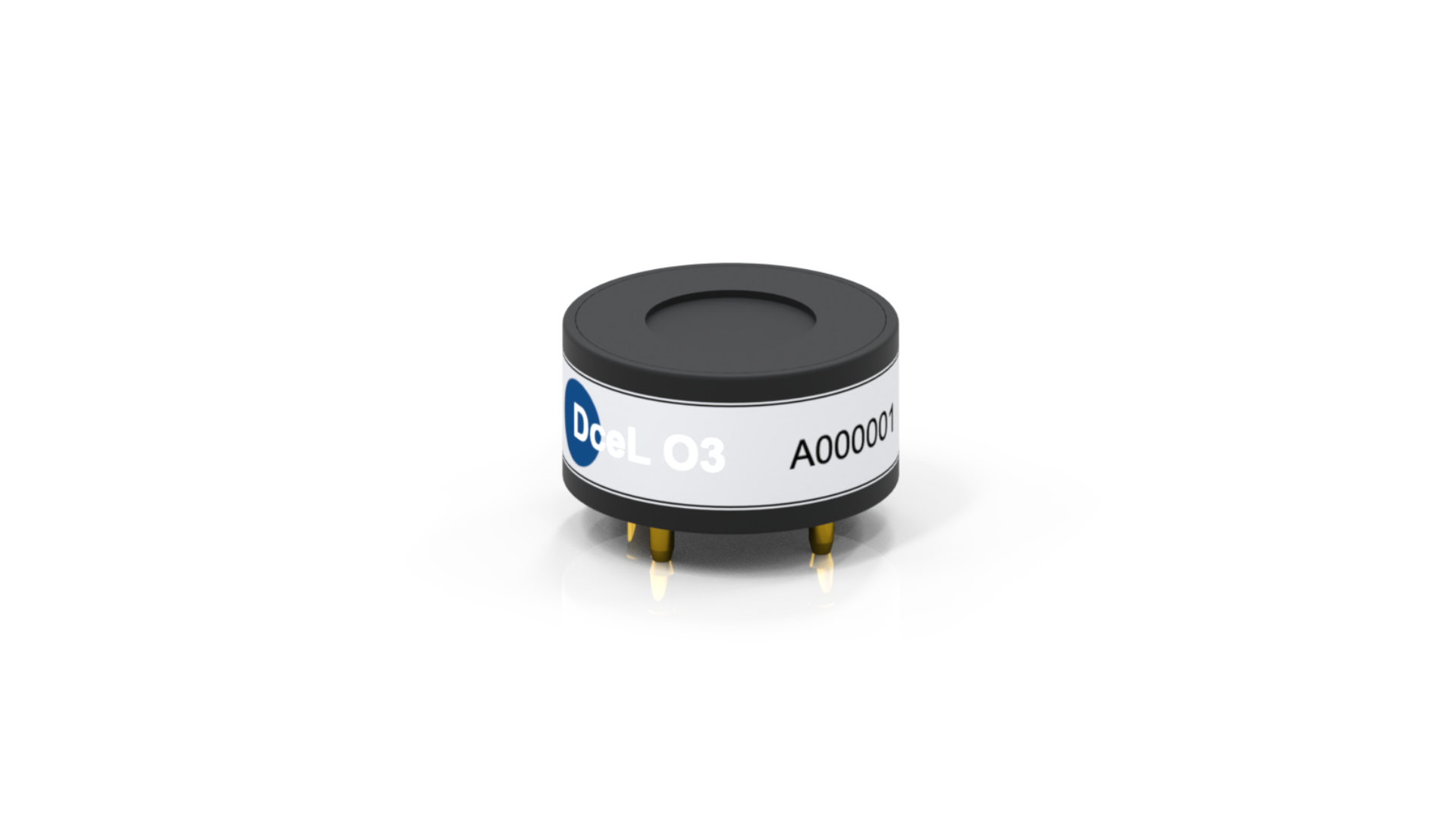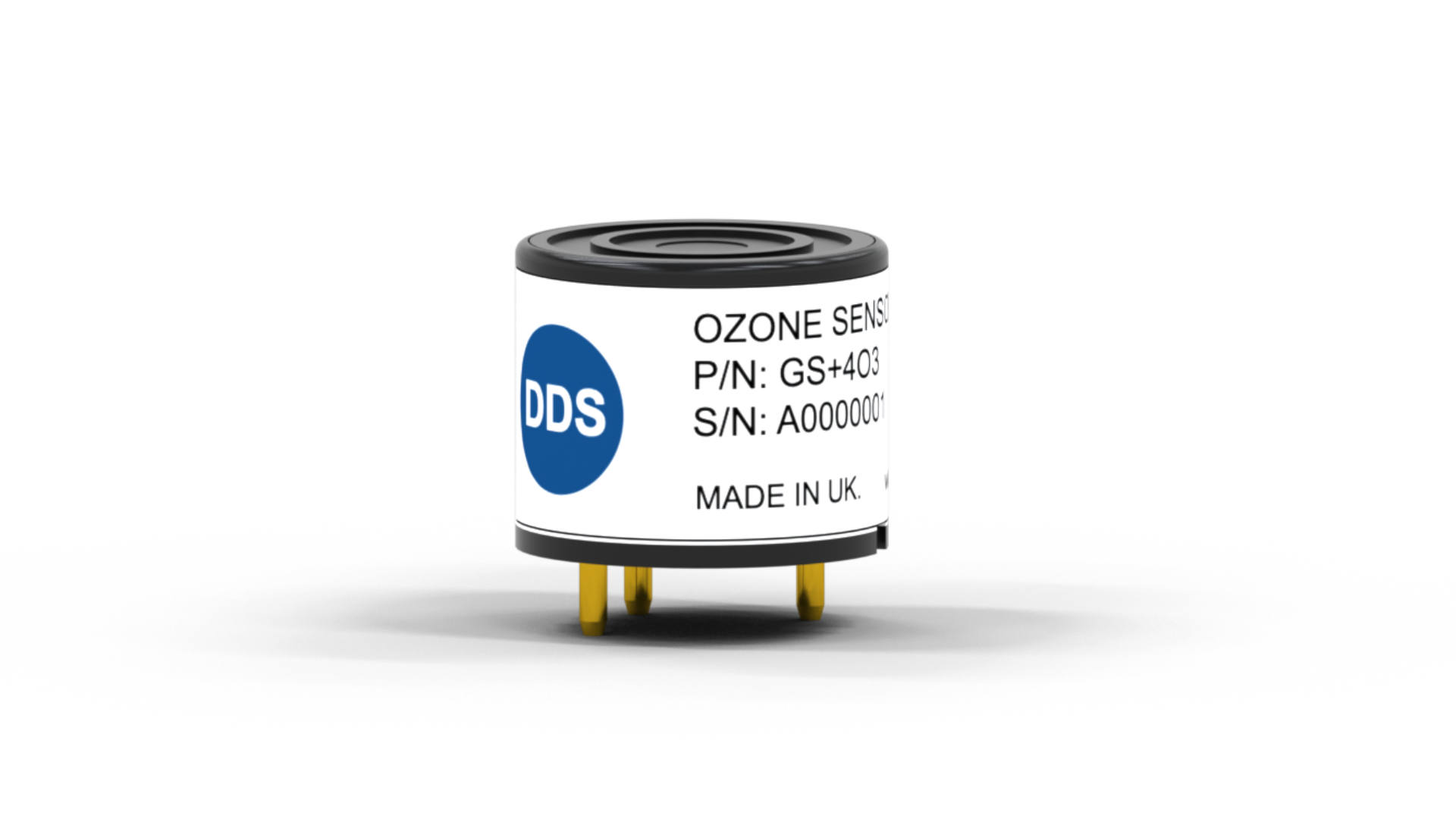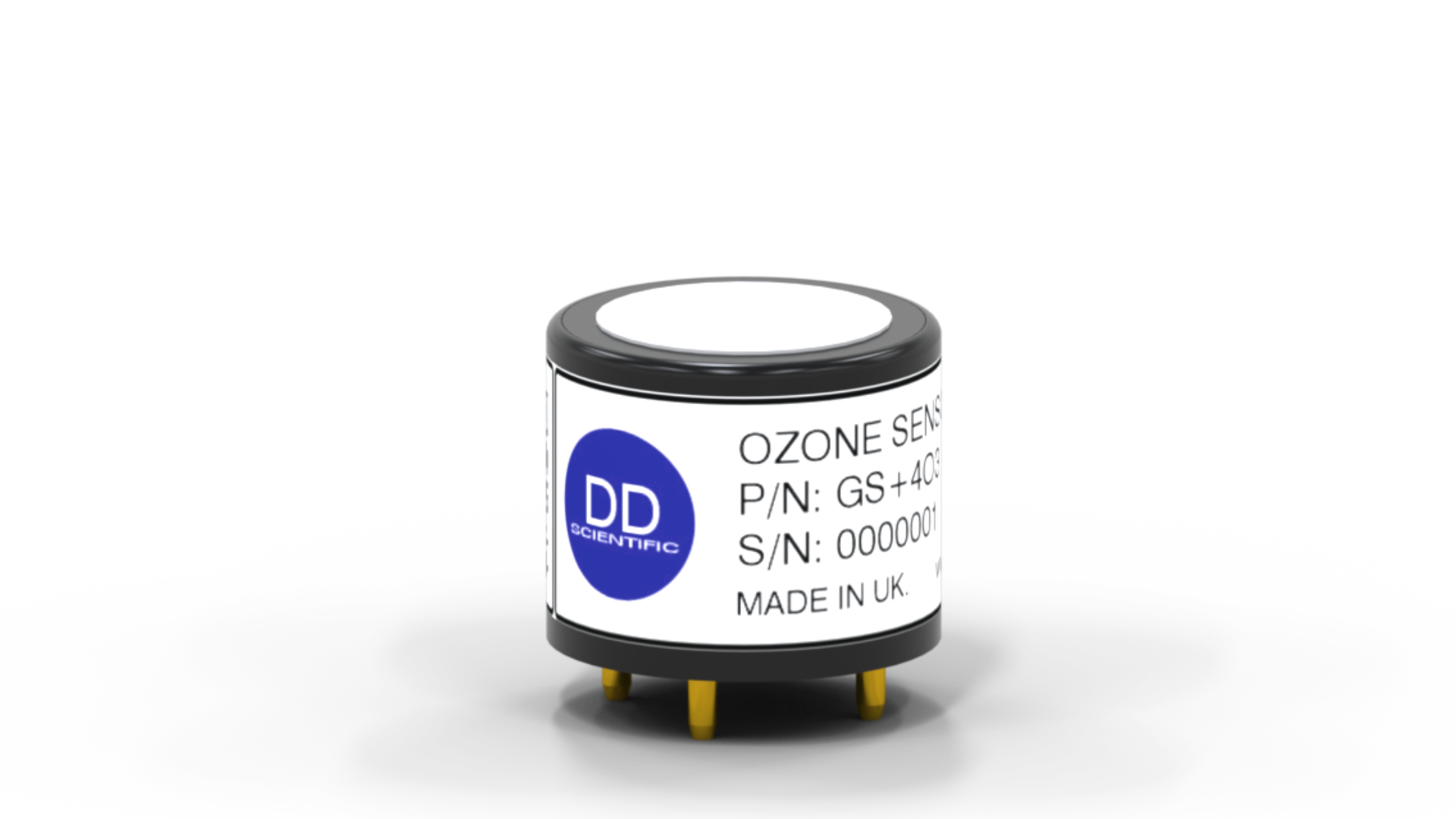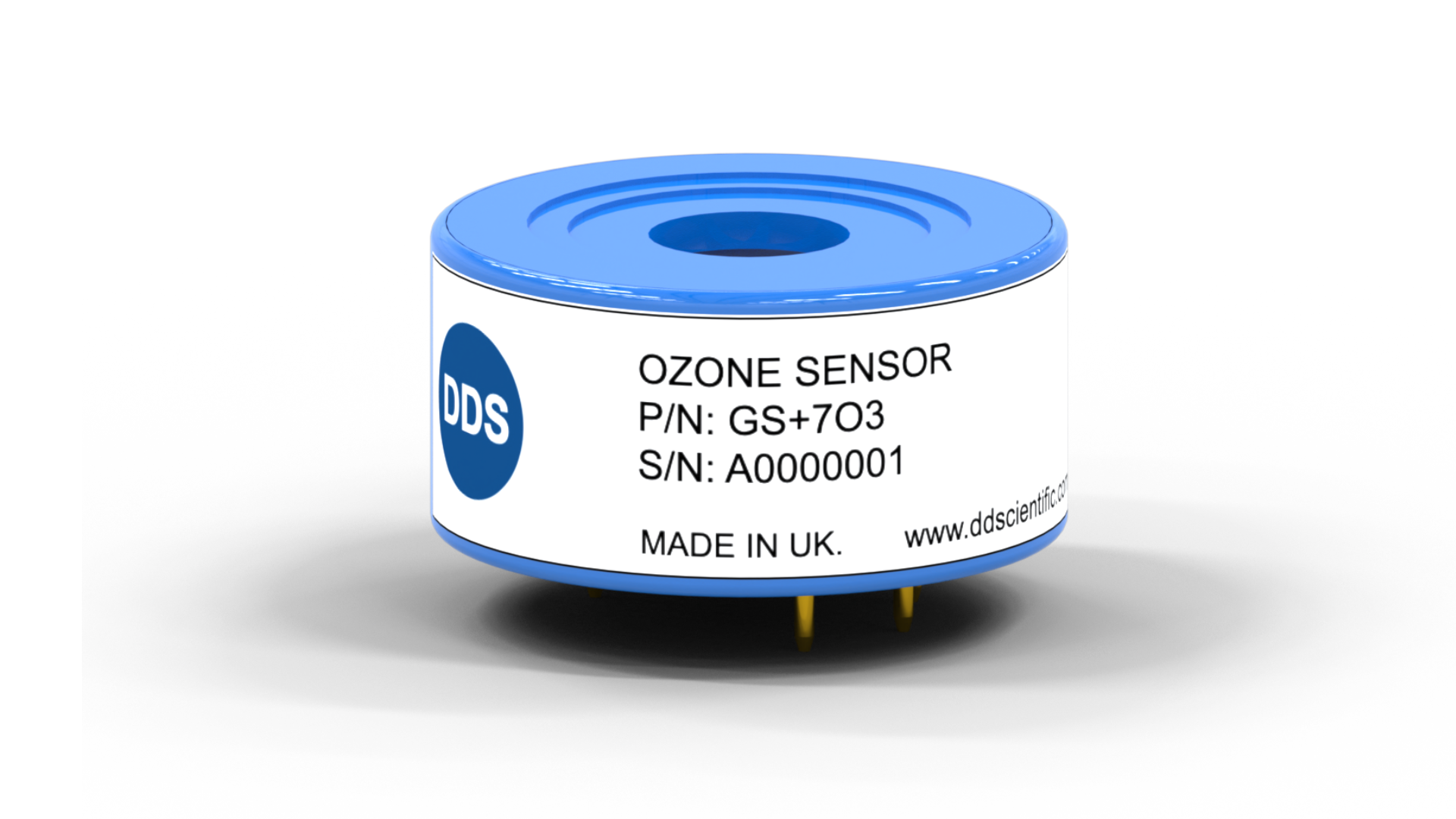What are the potential hazards of Ozone (O3)?
Inhalation of ground-level ozone can irritate the respiratory system, leading to symptoms such as coughing, chest discomfort, throat irritation, and exacerbation of asthma and other respiratory conditions. Prolonged exposure to high levels of ozone can cause inflammation of the lungs and decrease lung function.
Ground-level ozone is a major component of smog and is formed through chemical reactions involving nitrogen oxides (NOx) and volatile organic compounds (VOCs) in the presence of sunlight. Ozone can damage vegetation, including crops and forests, by inhibiting photosynthesis and reducing crop yields.
Workers in industries such as manufacturing, construction, and agriculture may be exposed to elevated levels of ozone, necessitating appropriate protective measures and ventilation. Understanding the hazards associated with ground-level ozone is crucial for implementing air quality management strategies, reducing emissions of ozone precursors, and protecting public health and the environment.
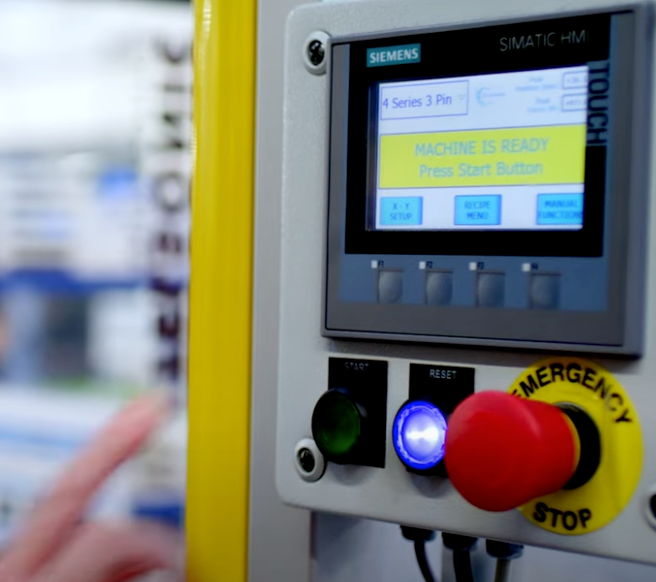
Mitigate risk with DD-Scientific
Understanding the hazards associated with O3 is essential for implementing effective control measures to protect both human health and the environment.
Mitigation of O3 related risks relies upon fast, precise and reliable detection, features DDS sensors are guaranteed to deliver.
If you can't find the sensor type you are looking for or need help with sensor selection don't hesitate to get in touch.




